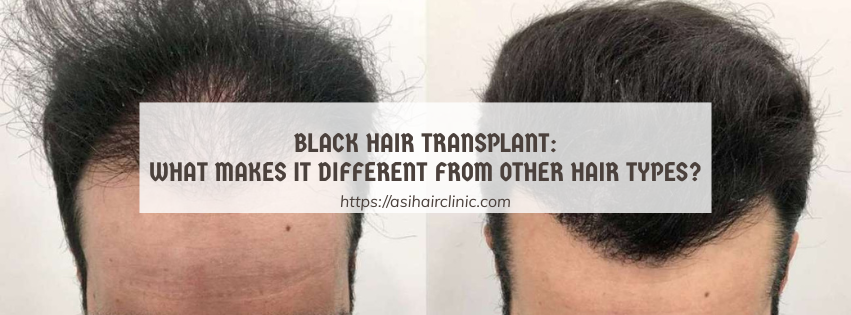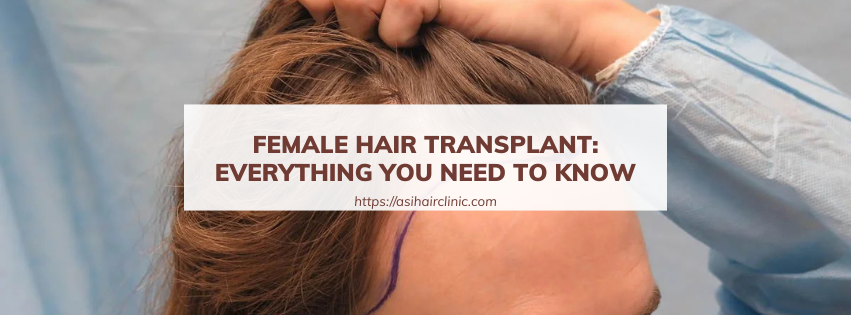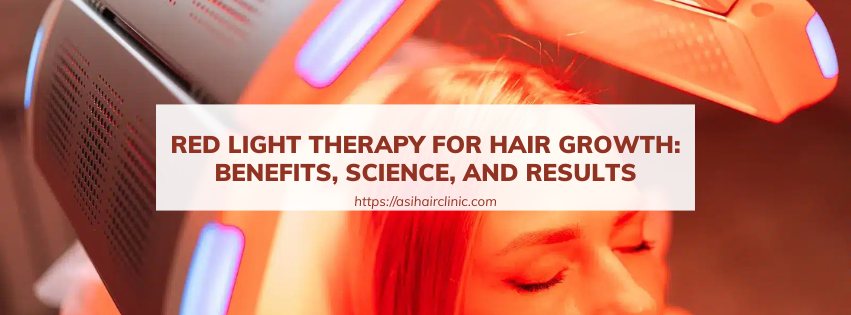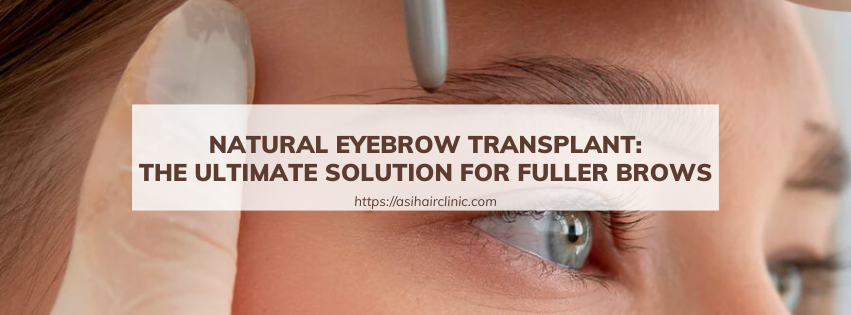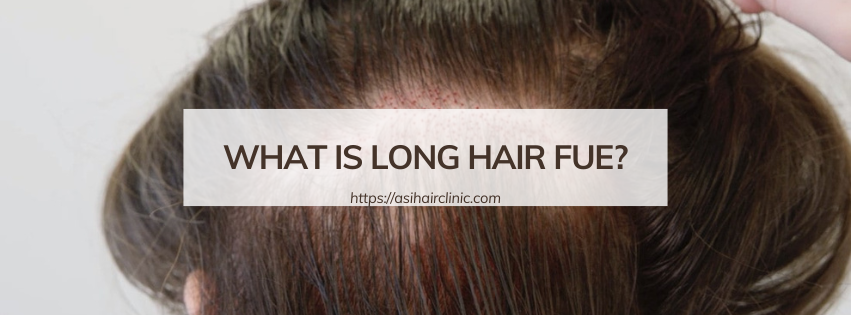DHI vs. FUE vs. FUT: Comparing Hair Transplant Techniques
Hair loss is a common issue that affects millions of people around the world, leading to emotional distress and a decline in self-esteem. While there are various treatments available, hair transplantation has emerged as one of the most effective options for restoring lost hair and achieving a natural-looking appearance. However, with multiple techniques to choose from, selecting the right one can be daunting. This comprehensive guide explores the intricacies of three leading hair transplant techniques: Direct Hair Implantation (DHI), Follicular Unit Extraction (FUE), and Follicular Unit Transplantation (FUT). By delving into the details of each method, we aim to provide you with the knowledge needed to make an informed decision about your hair restoration journey.
1. Understanding the Hair Transplant Techniques
No matter which cause is specifically identified primarily by the hair transplant specialist, it becomes imperative to choose the best treatment. Keeping in mind, the advanced technologies and the hassle-free mechanism, choosing the top hair transplant clinic should be the foremost thing to reflect over. A hair transplant can rekindle the spark of confidence in a person’s approach by achieving the desired hairline. It is the fuller hair look that makes the personality of an individual charming, hence, choosing the best hair restoration procedure cannot be side-lined. At this point, it should be shared that among all the hair loss remedies or supplements, the surgical intervention is the most successful solution.
To be precise, knowing the types of hair transplant techniques is important to get the best results after the surgical procedure of hair restoration. As a major process, hair transplant moves hair follicles from one part of the body to the recipient area, i.e., the scalp. In the modern world of hair transformation surgical methods have their unique consideration and advantages. DHI, FUE, and FUT are among the common techniques used by the clinics to offer unmatched services of hair restoration. Let’s understand these procedures to reveal.
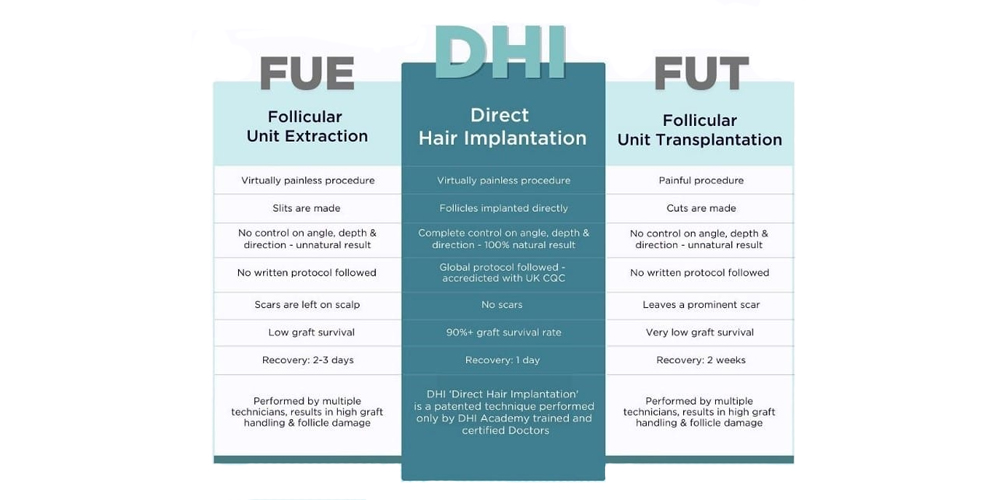
2. Direct Hair Implantation (DHI): A Revolutionary Approach
Direct Hair Implantation (DHI) is a relatively new technique that offers a minimally invasive alternative to traditional hair transplant methods. This innovative approach utilizes a specialized tool known as the Choi Implanter Pen, allowing for direct extraction and implantation of hair follicles without the need for incisions or sutures.
2.1. Key Advantages of DHI
DHI presents several notable advantages that set it apart from other hair transplant techniques. These benefits include:
- Minimally Invasive Procedure: One of the primary advantages of DHI is its minimally invasive nature. The use of smaller needles and the absence of scalpel incisions result in less trauma to the scalp, leading to reduced bleeding and faster healing times. Patients often report minimal discomfort during and after the procedure.
- Direct Implantation Technique: With DHI, the Choi Implanter Pen allows for precise placement of each hair follicle directly into the recipient area. This level of control enables surgeons to achieve optimal hair direction, density, and natural-looking results. The ability to customize the angle and depth of each graft contributes significantly to the overall aesthetic appeal.
- No Linear Scar: Unlike traditional methods that leave a linear scar, DHI avoids this issue entirely. The technique extracts and implants hair follicles using micro-punctures, resulting in minimal scarring that is virtually undetectable. This makes DHI particularly appealing for individuals who prefer shorter hairstyles or are concerned about visible scars.
- Faster Healing Process: Patients undergoing DHI typically experience a quicker recovery period due to the smaller incision size. Most individuals can return to their daily activities within a few days, making it an attractive option for those with busy lifestyles.
2.2. Ideal Candidates for DHI
While DHI offers numerous advantages, it may not be suitable for everyone. Ideal candidates for this technique include:
- Individuals with mild to moderate hair loss who require fewer grafts.
- Patients seeking a minimally invasive option with minimal downtime.
- Those who prioritize natural-looking results and are willing to invest in a more expensive procedure.
2.3. Potential Drawbacks of DHI
Despite its many benefits, DHI does have some potential drawbacks. The technique may be more costly than other methods, and the number of grafts that can be harvested in a single session may be limited compared to FUT. Additionally, not all clinics offer DHI, so finding a qualified surgeon may require additional research.
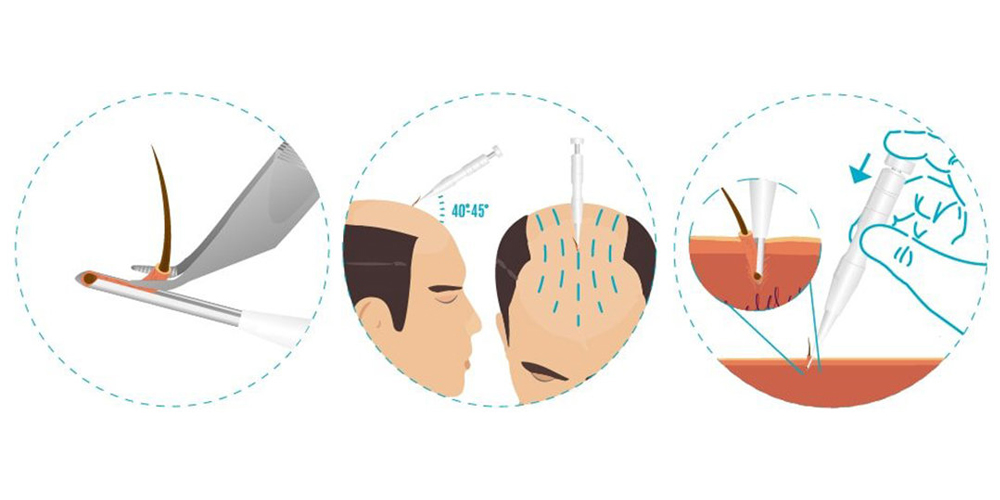
3. Follicular Unit Extraction (FUE): A Gradual Approach
Follicular Unit Extraction (FUE) is another popular hair transplant technique that has gained traction in recent years. This method involves extracting individual follicular units from the donor area using a small, circular punch. These grafts are then meticulously implanted into the recipient area, allowing for a gradual and natural-looking restoration.
3.1. Key Advantages of FUE
FUE boasts several advantages that make it a favored choice among patients seeking hair restoration:
- No Linear Scar: One of the most significant benefits of FUE is that it leaves behind only tiny, scattered scars rather than a linear scar. This characteristic makes it an excellent option for individuals who prefer short hairstyles or are concerned about visible scarring.
- Reduced Pain and Discomfort: The smaller incisions used in FUE lead to less pain and discomfort during the procedure. Localized anesthesia minimizes any sensations, and many patients report feeling comfortable throughout the process.
- Outpatient Procedure: FUE hair transplant is typically performed as an outpatient procedure, meaning patients can return home the same day. The entire process is often completed in a single session, making it convenient for those with busy schedules.
- Versatile Application: FUE is a versatile technique that can be used for various areas of the body, including eyebrows, beards, and even scar repair. This adaptability makes it a preferred choice for individuals seeking hair restoration beyond the scalp.
3.2. Ideal Candidates for FUE
FUE is suitable for a wide range of patients, including:
- Individuals with varying degrees of hair loss who desire a natural look.
- Those looking for a minimally invasive option with minimal downtime.
- Patients interested in restoring hair in multiple areas of the body.
3.3. Potential Drawbacks of FUE
While FUE is highly regarded, it does come with some limitations. The technique may take longer than other methods, especially if a large number of grafts are required. Additionally, the cost of FUE can vary significantly depending on the clinic and the surgeon's experience.
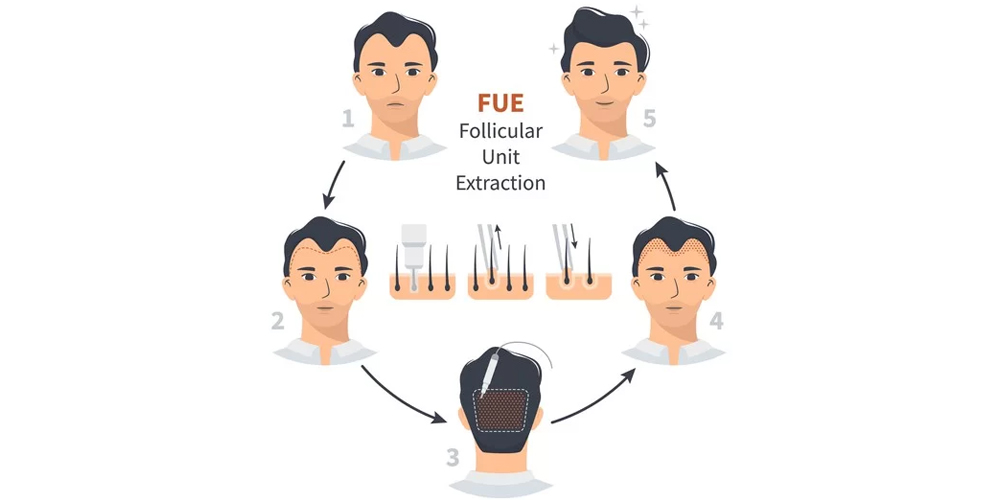
4. Follicular Unit Transplantation (FUT): The Traditional Method
Follicular Unit Transplantation (FUT), also known as the strip method, is the oldest and most widely used hair transplant technique. This method involves removing a strip of skin from the donor area, typically the back of the head, which is then dissected under a microscope into individual follicular units for implantation.
4.1. Key Advantages of FUT
FUT has been a trusted method for decades and offers several advantages that continue to make it a viable option for hair restoration:
- Cost-Effective Solution: One of the primary benefits of FUT is its cost-effectiveness. Generally, FUT tends to be more affordable than other hair transplant techniques, making it accessible to a broader range of patients.
- Larger Number of Grafts: The strip method allows for harvesting a larger number of grafts in a single session. This can be particularly beneficial for patients with extensive hair loss who require a significant amount of coverage.
- Proven Track Record: FUT has been practiced for many years and has a well-documented history of successful outcomes. Surgeons experienced in this technique can achieve impressive results, making it a reliable choice for hair restoration.
4.2. Ideal Candidates for FUT
FUT is best suited for individuals who meet certain criteria, including:
- Patients with advanced hair loss requiring a substantial number of grafts.
- Those who prioritize cost-effectiveness and are open to a linear scar.
- Individuals who seek proven results backed by years of practice.
4.3. Potential Drawbacks of FUT
Despite its advantages, FUT does have some potential downsides. The most notable concern is the linear scar left at the donor site, which may be visible if the hair is cut very short. Additionally, the recovery period for FUT may be longer compared to DHI and FUE, as patients may experience more discomfort and swelling.
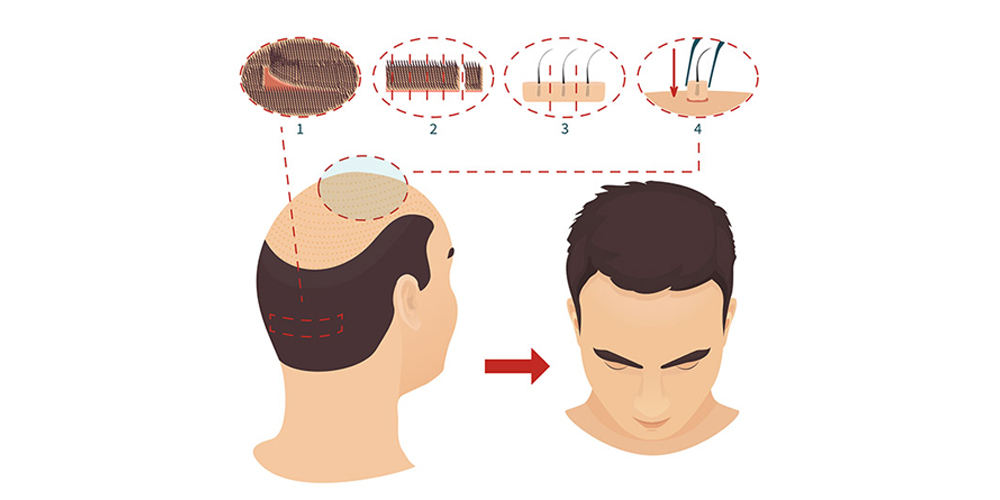
5. Choosing the Right Technique for You
Selecting the best hair transplant technique for your needs requires careful consideration of several factors. Each method has its own unique advantages and disadvantages, and the optimal choice depends on individual circumstances.
- Extent of Hair Loss: The extent of hair loss plays a crucial role in determining the appropriate technique. Patients with mild to moderate hair loss may benefit from DHI or FUE, while those with extensive hair loss may find FUT more suitable due to the ability to harvest a larger number of grafts in a single session.
- Donor Hair Quality: The quality of donor hair is another critical factor to consider. If the donor hair is thick and dense, techniques like DHI or FUE may yield excellent results. Conversely, if the donor hair is thin or sparse, FUT may be a better option to maximize the number of grafts obtained.
- Budget Considerations: Hair transplant costs can vary significantly based on the chosen technique and the surgeon's fees. Patients should assess their budget and weigh the costs against the expected outcomes. While DHI may be the most expensive option, it may also provide the most natural-looking results.
- Desired Outcome: Your expectations and desired final results should heavily influence your decision. Discussing your goals with a qualified surgeon can help clarify which technique aligns best with your vision for hair restoration.
- Individual Preferences: Personal preferences regarding pain tolerance, scarring, and downtime are important considerations when choosing a hair transplant technique. Some patients may prioritize a minimally invasive option, while others may be more focused on cost-effectiveness.
Conclusion
Hair transplantation can be a transformative solution for individuals suffering from hair loss. With various techniques available, including DHI, FUE, and FUT, each method offers its own unique advantages and disadvantages. The optimal choice depends on individual needs, preferences, and circumstances.
By carefully considering the factors outlined in this guide and consulting with an experienced surgeon, you can make an informed decision that aligns with your goals for hair restoration. Whether you opt for the precision of DHI, the versatility of FUE, or the proven track record of FUT, taking the first step towards restoring your hair can unlock a new chapter in your hair journey.
#hairtransplantation #hairtransplanttechniques
LATEST POSTS

